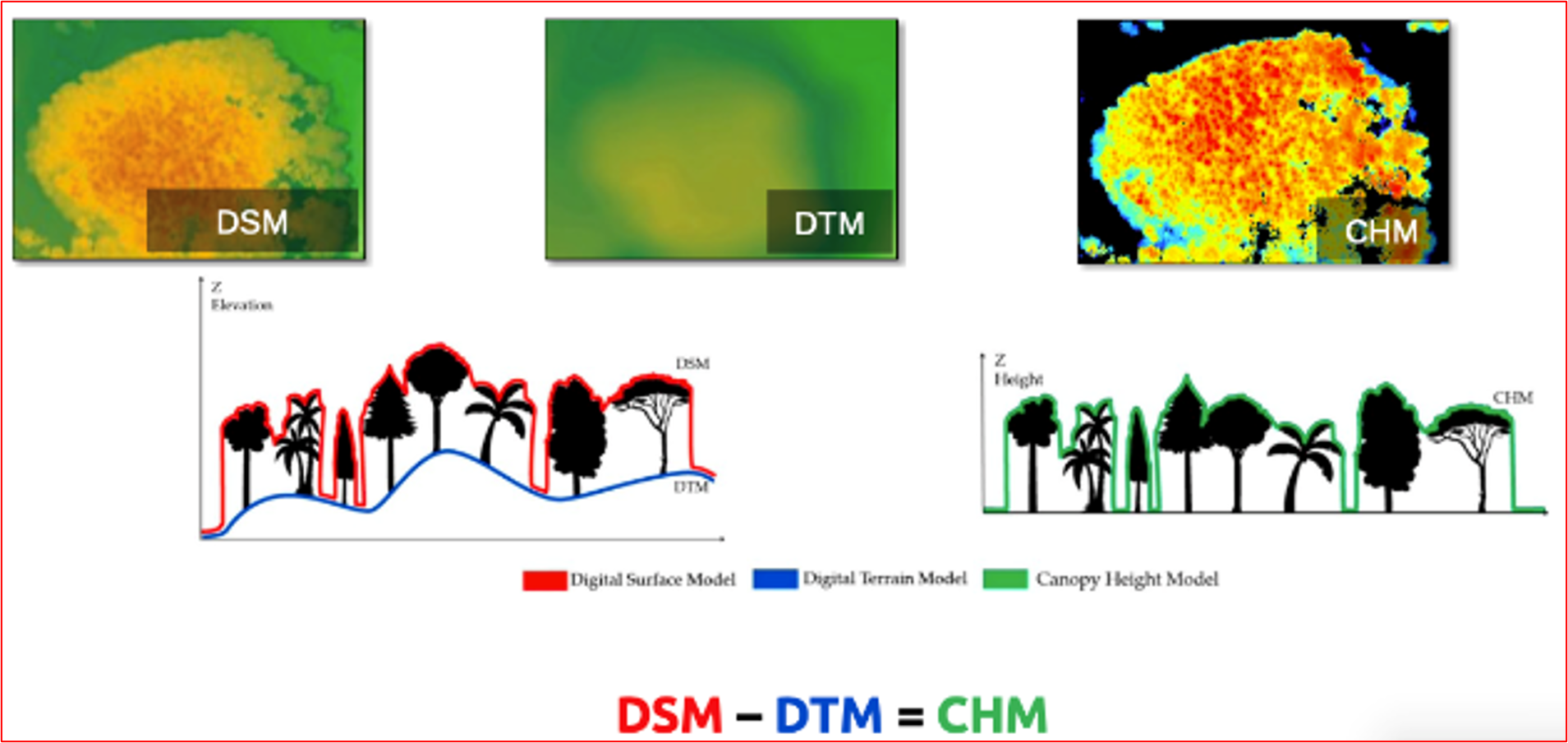The release of areas within the Sanctuary that were used for cattle ranching, within the framework of the signing of conservation agreements with the farmers, to reduce pressure on the Paramo, was the first step in the recovery process of this important ecosystem, which offers vital ecosystem services for the territory such as water supply, water regulation, purification, carbon sequestration and habitat provision, besides being an area that is characterized as a corridor for various species of fauna, richness in flora diversity and presence of endemic species.
In this sense, this restoration initiative helps guarantee that local communities can continue to enjoy the benefits it offers and at the same time gain knowledge about the propagation and management of high mountain species.
Thus, the Sanctuary is committed to the conservation, restoration, and sustainable management of the ecosystem together with strategic allies such as regional environmental authorities, non-governmental organizations, local communities, public entities, and private enterprise.
- Local communities willing to participate in the actions proposed by the Sanctuary for the conservation of the páramo.
- Management capacity and sensitivity to socio-cultural aspects on the part of the Sanctuary's team to establish channels of dialogue and trust with institutional and community stakeholders.
- Working team with knowledge of páramo restoration.
-Integration of restoration actions to help prevent and mitigate use pressures.
- Research and monitoring information is key in the implementation of actions to prevent and mitigate pressures that impact strategic ecosystems such as the páramos.
